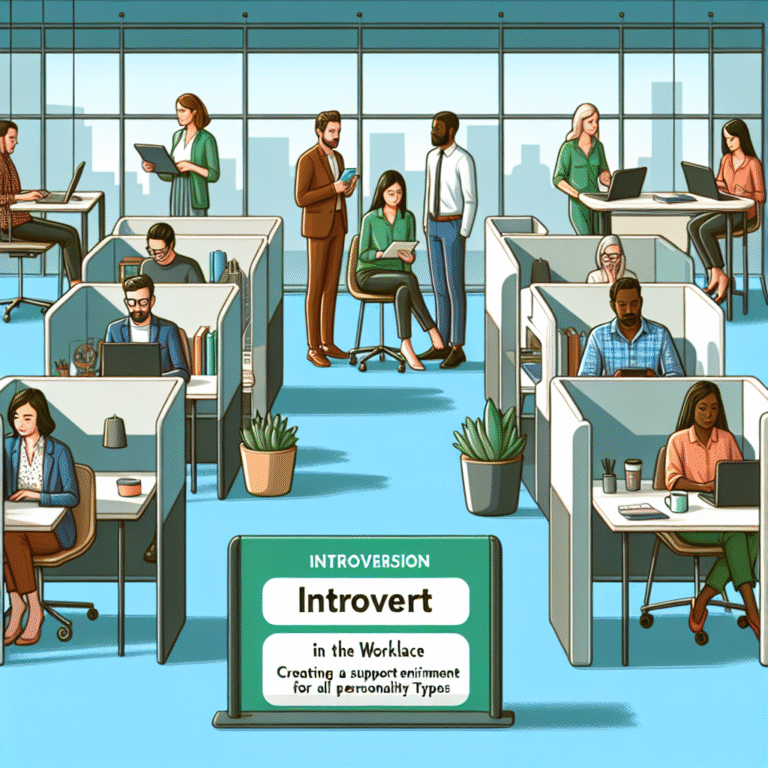
In the digital age, a cacophony of choices bombards consumers at every turn. From the moment they wake up until they power down their devices at night, prospective buyers are met with an incessant stream of advertisements, recommendations, and reviews. However, amidst this overwhelming noise, there emerges a silent influencer known as social proof. This article explores The Power of Social Proof: How It Influences Buyer Behavior, revealing the underlying principles, real-world applications, and actionable insights that can transform your marketing strategy and drive sales.
Introduction
Imagine you’re about to buy a new gadget. You find two products with similar features, price tags, and aesthetics. However, one has hundreds of glowing reviews and endorsements from satisfied customers, while the other has barely any feedback. Which one would you choose? The answer is likely clear: humans are inherently influenced by the experiences of others. This compelling phenomenon is what we call social proof.
In this article, we will delve deep into The Power of Social Proof: How It Influences Buyer Behavior. Through data, case studies, and practical insights, we will uncover why social proof is not just a marketing buzzword but a fundamental driver of consumer choices. We’ll explore how businesses can harness this psychological phenomenon to boost their credibility and sales.
Understanding Social Proof
What is Social Proof?
Social proof is defined as a psychological phenomenon where individuals look to the actions and behaviors of others to guide their own decisions, especially in situations of uncertainty. This powerful principle stems from our need for social acceptance and approval.
Types of Social Proof
Social proof manifests in various forms:
- Expert Endorsements: When authority figures endorse a product, consumers are more likely to trust it.
- User Reviews: Online testimonials and reviews are critical; most consumers trust peer recommendations over brand advertising.
- Social Media Shares: Content that is widely shared or liked generates trust through visibility.
- Popularity Cues: Rankings, "Best Seller" tags, and user numbers leverage social proof by showing product uptake.
- Referral Programs: Customers bringing in new clients through incentives tap into the influence of social circles.
The Psychological Mechanisms Behind Social Proof
For consumers, the need to conform is deeply rooted in psychological motivations. The Herd Behavior Theory suggests that individuals tend to follow the majority, especially under uncertainty, as it provides a sense of safety. Trusting others’ opinions reduces the perceived risk involved in making a purchase.
Case Study: The Amazon Effect
Amazon is a stellar example of leveraging social proof. Their product pages prominently feature user reviews, and the "Customers who bought this item also bought" section reflects concrete buying behaviors. In fact, a study revealed that 70% of consumers trust reviews as much as personal recommendations.
This established trust often translates into increased sales. Amazon’s success illustrates how effectively applying social proof can lead to a significant boost in buyer behavior.
Chart: The Impact of Reviews on Purchase Decisions
| Review Type | Percentage of Consumers Influenced |
|---|---|
| Positive Reviews | 79% |
| Expert Endorsements | 62% |
| Social Media Shares | 43% |
The Impact of Social Proof on Buyer Behavior
With consumers often overwhelmed by choices, social proof acts as a shortcut, nudging them towards what others have found satisfactory. But how exactly does it influence buyer behavior?
Creating Trust and Credibility
Research indicates that offering visible social proof enhances trust. For instance, a website featuring customer testimonials can increase conversions by up to 34%. Examples include:
- Testimonials: Displaying real comments from customers builds credibility.
- Case Studies: Businesses showing how their product solved real-world problems can effectively display effectiveness.
Encouraging Immediate Decisions
In a world where consumers often face indecision, social proof can create a FOMO (Fear of Missing Out) effect. Brands that showcase scarcity, like "Only 2 left in stock!", coupled with positive reviews, can drive quicker purchasing decisions.
Case Study: Booking.com
Booking.com employs social proof by displaying the number of bookings made within a certain time frame. Phrases like "Only 2 rooms left!" alongside user ratings prompt immediate action from potential buyers, highlighting how leveraging social proof can enhance buyer urgency and conversion rates.
Customizing Social Proof for Your Brand
Not all social proof is created equal; understanding your audience is key. Here are some strategies to effectively implement social proof:
Leverage User-generated Content
Encourage customers to share their experiences on social media. When they tag your brand and share their stories, it generates authentic social proof that can influence potential buyers.
Utilize Visual Reviews
Visual content, such as videos and images of customers using your product, adds an extra layer of engagement. Brands that showcase these images increase trust and relatability.
Engage With Online Influencers
Partnering with influencers who align with your brand values can amplify your reach. Their followers often see these influencers as credible sources, which can significantly impact buying behavior.
Measuring the Effectiveness of Social Proof
Key Metrics to Track
To measure the effectiveness of social proof strategies, consider tracking these key performance indicators (KPIs):
- Conversion Rate: Monitor changes in your website’s conversion rate after implementing social proof strategies.
- Customer Engagement: Track social media interactions to see how user-generated content resonates with your audience.
- Bounce Rate: A reduction in bounce rates can indicate that social proof effectively keeps visitors on your site longer.
Conclusion: The Path Forward
In our digital marketplace, where choices are abundant and trust is hard-earned, understanding The Power of Social Proof: How It Influences Buyer Behavior is imperative. Social proof is not just a marketing gimmick; it is a deep-seated psychological principle that influences consumer decisions. From expert endorsements to user reviews, harnessing these elements can significantly enhance your brand’s credibility, engage customers, and ultimately drive sales.
To harness social proof effectively, businesses should commit to understanding their audience, engaging with their customers, and continually adapting to market needs. The future of buyer behavior hinges not just on products but on the narratives and communities behind them.
FAQs
1. What is social proof?
Social proof is the influence that the actions and opinions of others have on our own behaviors, particularly when making decisions in uncertain scenarios.
2. How does social proof impact consumer behavior?
Social proof builds trust and credibility, encourages quicker buying decisions, and can create a sense of urgency and desire through FOMO.
3. What types of social proof are most effective?
User reviews, expert endorsements, referral programs, and testimonials are particularly effective in creating influence over buyer behavior.
4. How can I implement social proof in my marketing strategy?
Encourage user-generated content, display testimonials and reviews prominently, partner with influencers, and utilize visual content.
5. How can I measure the effectiveness of social proof?
Track key metrics such as conversion rates, customer engagement levels, and bounce rates to evaluate the impact of social proof strategies.
By understanding The Power of Social Proof: How It Influences Buyer Behavior, you are equipped to create powerful marketing strategies that engage your audience, build trust, and drive sales like never before.











